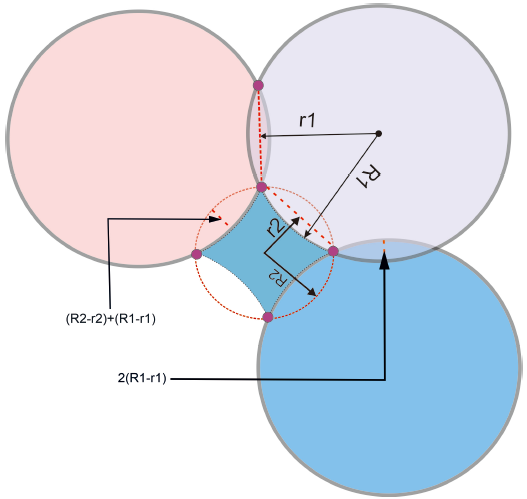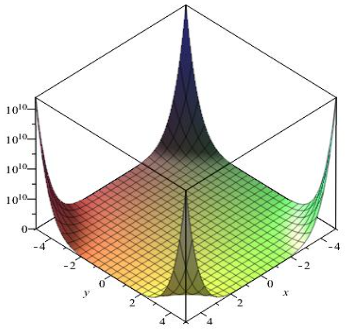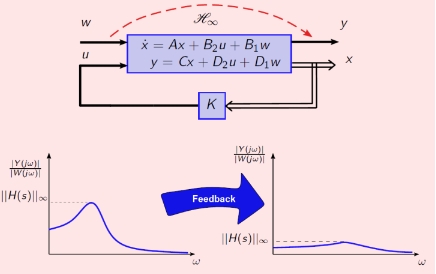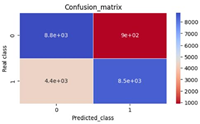Towards a solution to the problem of safety management of structurally complex systems
Abstract
The non-isolation of modern, structurally complex, multi-purpose systems implies not only their interaction with the external environment, but also the impact of this environment on the systems themselves. The ability to predict and assess the consequences of these impacts, which are characterised by great uncertainty about the time, place and method of implementation, as well as the choice of a particular object of influence, is a task of extreme urgency in today’s globalised world. If the stability of functioning of any structurally complex system is understood as the achievement by it of the purpose of its functioning with acceptable deviations on the volumes and times of implementation of private tasks, the safety management in this system is reduced, in fact, to minimisation of unplanned losses at the occurrence of abnormal situations of various kinds and to carrying out of measures for their prevention. The success of such tactics depends largely on the effectiveness of the risk management system, on the ability of decision-makers to foresee the possibility of poorly formalised threats turning into significant risks, i.e., on having methods and tools for ranking threats and significant risk factors. Inevitably, there is the task of setting protection priorities, ranking objectives (usually of different types), problems and threats, and reallocating available (usually limited) resources. The article considers the issues involved in building an integral security model that takes into account the risks to the assets being protected.
References
[1]Henley EJ, Kumamoto X. Reliability of technical systems and risk assessment (Russian). Mashinostroenie; 1984.
[2]Vemuri V. Modeling of complex systems. Academic Press; 1978.
[3]Rainshke K, Ushakov IA. Evaluation of the reliability of systems using graphs (Russian). Radio and Communications; 1988. p. 208.
[4]Ushakov IA. Counter-terrorism: Protection resources allocation. In: Reliability: Theory & applications. Wiley; 2006.
[5]Ryabinin IA. Reliability and safety of structurally complex systems (Russian). St. Petersburg University Publisher; 2007.
[6]Solozhentsev ED. Scenario logic and probabilistic management of risk in business and engineering. New York: Springer; 2004.
[7]Mozhaev AS, Gladkova IA, Musaev AA. Method of logic-deterministic modeling of network systems (Russian). Izvestiya St. Petersburg State Technological Institute (Technical University) 2012; 14: 89–96.
[8]Glushkov VM, Ivanov VV, Yanenko VM. Modeling of developing systems (Russian). Nauka; 1983. p. 351.
[9]Ushakov I. Counter-terrorism: Protection resources allocation. Part I. Minimax criterion. Reliability: Theory and Applications 2006; 1(2).
[10]Ushakov I. Counter-terrorism: Protection resources allocation. Part II. Branching system. Reliability: Theory and Applications 2006; 1(3).
[11]Ushakov I. Counter-terrorism: Protection resources allocation. Part III. Fictional “case study”. Reliability: Theory and Applications 2007; 2(1).
[12]Levitin G. Optimal defense strategy against intentional attacks. IEEE Transactions on Reliability 2007; 56(1): 148–157. doi: 10.1109/TR.2006.884599.
[13]Mongerstern O, von Neumann J. Game theory and economic behavior (Russian). Nauka; 1970. p. 708.
[14]Lefebvre VA, Smolyan GL. In: Tsygichko VN (editor). Algebra of conflict (Russian). 6th ed. LENAND; 2018. p. 72.
[15]Smolyan GL. Operations research—An instrument of effective management (Russian). Znanie; 1967.
[16]Bochkov AV. Hazard and risk assessment and mitigation for objects of critical infrastructure. In: Ram M, Davim JP (editors). Diagnostic techniques in industrial engineering. Management and industrial engineering. Springer Cham; 2017. p. 57–135.
[17]Bochkov AV. Approaches to the construction of adaptive situation control systems of structurally complex systems under uncertainty. In: Proceedings of the International Conference ISAHP-2011; 15–18 June 2011; Sorrento, Naples, Italy.
[18]Bochkov AV, Zhigirev NN, Lesnykh VV. Dynamic multi-criteria decision making method for sustainability risk analysis of structurally complex techno-economic systems. Reliability: Theory & Applications 2012; 1(25): 36–42.
[19]Karminsky AM. Peresetsky AA, Petrov AE. Ratings in economics: Methodology and practice (Russian). Finance and Statistics; 2005.
[20]Baranov S, Skufyina T. Analysis of inter-regional differentiation and the construction of rankings of the subjects of the Russian Federation (Russian). Voprosy Ekonomiki 2005; 8: 54–75. doi: 10.32609/0042-8736-2005-8-54-75.
[21]Larichev OI. A property of decision-making methods in multi-criteria individual choice problems. Automation and Remote Control 2002; 63(2): 304–315. doi: 10.1023/A:1014207910716.
[22]Keeney RL, Raiffa H. Decisions with multiple objectives: Preferences and value tradeoffs. Cambridge University Press; 1993. p. 569.
[23]Kuvshinov BM, Shaposhnik II, Shiryaev VI, Shiryaev OV. Using committees in problems of pattern recognition with inaccurate expert estimates (Russian). Izvestiya Chelyabinskogo Nauchnogo Center 2001; 2(11): 81–88.
[24]Mazurov VD. The Method of Committees in Problems of Optimization and Classification (Russian). Nauka; 1990.
[25]Zhukovsky VI. Cooperative games under uncertainty and their applications (Russian). Editorial URSS; 1999.
[26]Kweid E. Analysis of complex systems (Russian). Soviet Radio; 1969.
[27]Podinovsky VV. Decision under multiple estimates for the importance coefficients of criteria and probabilities of values of uncertain factors in the aim function. Automation and Remote Control 2004; 65: 1817–1833. doi: 10.1023/B:AURC.0000047896.61645.43.
[28]Bochkov A, Lesnykh V, Zhigirev N, Lavrukhin Y. Some methodical aspects of critical infrastructure protection. Safety Science 2015; 79: 229–242. doi: 10.1016/j.ssci.2015.06.008.
Copyright (c) 2023 Alexander V. Bochkov

This work is licensed under a Creative Commons Attribution-NonCommercial 4.0 International License.











